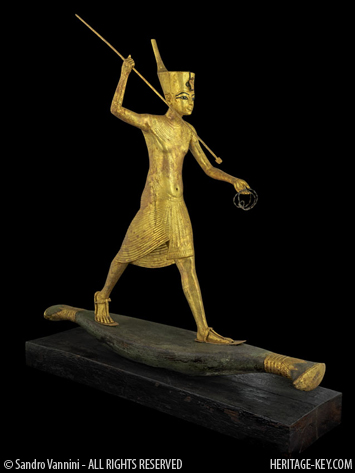 Somewhere in the world bones from an ancient skeleton are discovered buried in an unmarked grave.
Somewhere in the world bones from an ancient skeleton are discovered buried in an unmarked grave.
The head is missing, most of the chest is gone and only a small fragment of the pelvis has survived.
Researchers are then faced with a problem how do you tell if this person is male or female? The pelvis holds the answer, but only a small amount of it is left.
Today a team of researchers lead by John Bytheway and Ann Ross, from North Carolina State University, and Sam Houston State University, announced a solution to thisproblem – in the form of a paper published intheJournal of Forensic Sciences.
The researchers have been studying the human pelvis and have identified 20 anatomical landmarks that differentiate males from females. Finding so many of them is important. Even if only a small portion of a pelvis is found, odds are that at least a few of theseanatomical differenceswould be identifiable.
Forensic scientist would use a digitizer to create a 3D map of the pelvic fragment and measure the relevant anatomical landmarks, reads the university news release. The scientist could then determine the sex of the remains by comparing those measurements to the measurements listed in the paper.
Voila! You know whether youre dealing with a he or a she! The techniquewill also be useful in dealing with modern day mysteries such as people who have been killed in a plane crash.



